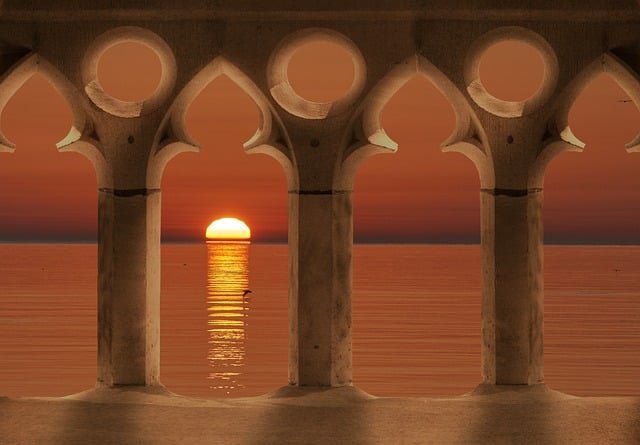Choosing the right built-in wine cooler is crucial for any serious wine enthusiast. This article explores the essential features that define a premium appliance, from precise temperature control to innovative design, and provides actionable advice for seamlessly integrating it into your kitchen for optimal performance and aesthetics.
Essential Features of a Premium Built-In Wine Cooler
Not all wine coolers are created equal. A superior unit goes beyond basic chilling; it preserves your investment. The cornerstone of any high-quality built-in wine cooler is its ability to maintain a consistent, precise temperature, ideally with a range suitable for both red and white wines. Look for models with dual-zone cooling if your collection is diverse. Humidity control is equally vital, preventing corks from drying out and allowing oxygen to spoil the wine.
Protection from harmful UV light, often through tinted glass doors, safeguards the wine’s integrity. Furthermore, vibration reduction technology is a must, as constant agitation can disturb the sediment and accelerate the aging process. For those seeking a unit that combines these professional features with elegant design, the Tittla 15-Inch 30-Bottle Built-In Single Zone Wine Cooler exemplifies this balance, offering a stable environment for your collection without compromising on style.
Seamless Integration and Installation for Your Kitchen
The true appeal of a built-in wine cooler lies in its ability to blend into your kitchen’s cabinetry, creating a streamlined and sophisticated look. Achieving this requires careful planning. Before purchase, precise measurement is non-negotiable. You must account for the unit’s exact dimensions, including height, width, and depth, as well as the critical clearance needed for ventilation, typically outlined in the manufacturer’s specifications.
Most built-in models are designed for front-ventilation, expelling heat through the grille at the bottom of the door, which allows for a tight fit between cabinets. Features like reversible hinges offer flexibility, allowing the door to open from the left or right to suit your kitchen’s layout. Ensuring a proper electrical connection with a dedicated outlet is also a key step for safe and efficient operation. By meticulously planning the installation of your new wine cooler, you transform it from a simple appliance into a fully integrated part of your home’s design.
In summary, selecting the ideal built-in wine cooler hinges on prioritizing features that protect your wine, like temperature stability and UV protection. Successful integration then depends on precise measurement and understanding ventilation requirements. By focusing on these core aspects, you can effortlessly incorporate a functional and beautiful wine storage solution that enhances your kitchen and preserves your collection for years to come.
